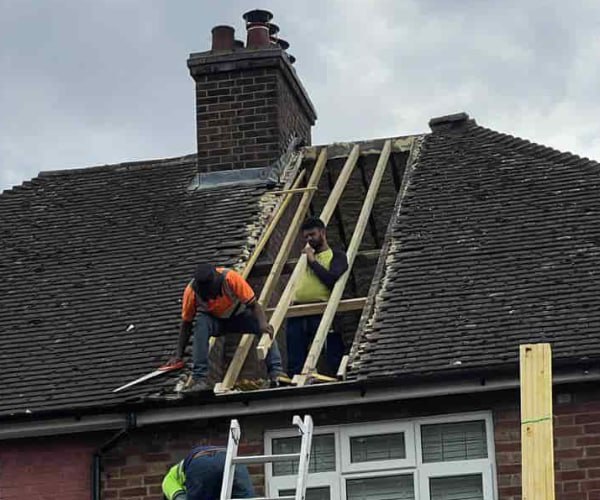How to Prevent Leaks in Your Pitched Roof
Introduction: A pitched roof provides excellent protection for your home, but it can be susceptible to leaks if not properly maintained over time. Roof leaks can cause structural damage and lead to costly repairs. In this blog post, brought to you by NRS Roofing Thrapston, we’ll explore effective strategies to prevent leaks in your pitched roof and keep your home dry and secure.
1. Regular Roof Inspections
Regular inspections are one of the most effective ways to prevent roof leaks. Schedule professional inspections at least once a year and consider additional checks after severe weather events. Roofing experts can identify potential issues before they escalate into major leaks.
2. Proper Flashing Installation
Flashing is a critical component of your roof that seals areas like chimneys, vents, and skylights. Ensure that the flashing is correctly installed and in good condition. Damaged or improperly installed flashing can lead to leaks. If you notice issues, have them addressed promptly.
3. Maintain Your Gutters and Downspouts
Clogged or damaged gutters and downspouts can cause water to overflow and accumulate on your roof. Regularly clean your gutters and inspect for damage. Ensure that downspouts direct water away from your home’s foundation to prevent water infiltration.
4. Trim Overhanging Branches
Overhanging tree branches can scratch and damage your roof, potentially leading to leaks. Trim branches too close to your roof to prevent damage during storms or high winds.
5. Proper Ventilation
A well-ventilated attic helps regulate temperature and humidity, preventing moisture-related issues that can lead to leaks. Ensure that your attic is adequately ventilated to minimise the risk of condensation.
6. Maintain Your Roof’s Surface
Clean your roof surface regularly to remove debris, leaves, and moss. Moss and algae can trap moisture, potentially leading to roof damage. If moss is a recurring problem, consider installing zinc or copper strips to prevent regrowth.
7. Address Shingle Issues
Replace missing, damaged, or curled shingles promptly. Damaged shingles can expose the underlayment and decking to water infiltration. Regularly check for signs of shingle wear and tear.
8. Sealing Penetrations
Seal roof penetrations like vents, pipes, or antennas with appropriate sealant to prevent water from seeping through gaps.
9. Ice and Water Shield
Consider installing an ice and water shield along eaves, valleys, and roof penetrations. This self-adhesive membrane provides extra protection against ice dams and water infiltration.
10. Prompt Repairs
If you notice any roof damage or leaks, address them promptly. Delaying repairs can lead to more extensive damage and costly repairs in the long run.
Conclusion: Preventing leaks in your pitched roof is essential for protecting your home and preserving its structural integrity. Regular maintenance, professional inspections, and prompt repairs ensure your roof remains watertight.
Call us on: 01832 778 362
Click here to find out more about NRS Roofing Thrapston
Click here to complete our contact form and see how we can help with your roofing needs.

